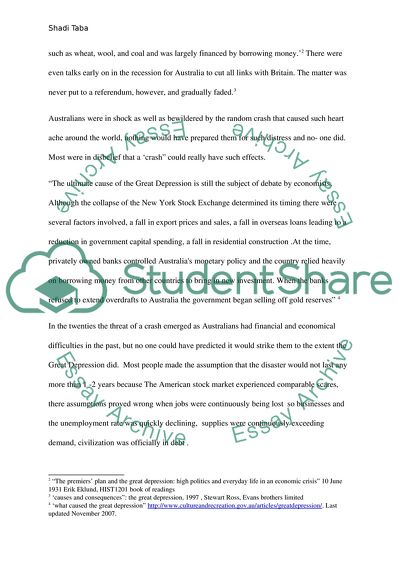Cite this document
(The Great Depression of the 1930s Example | Topics and Free Essays, n.d.)
The Great Depression of the 1930s Example | Topics and Free Essays. https://studentshare.org/history/1894799-australian-history-the-great-depression
The Great Depression of the 1930s Example | Topics and Free Essays. https://studentshare.org/history/1894799-australian-history-the-great-depression
(The Great Depression of the 1930s Example | Topics and Free Essays)
The Great Depression of the 1930s Example | Topics and Free Essays. https://studentshare.org/history/1894799-australian-history-the-great-depression.
The Great Depression of the 1930s Example | Topics and Free Essays. https://studentshare.org/history/1894799-australian-history-the-great-depression.
“The Great Depression of the 1930s Example | Topics and Free Essays”. https://studentshare.org/history/1894799-australian-history-the-great-depression.


